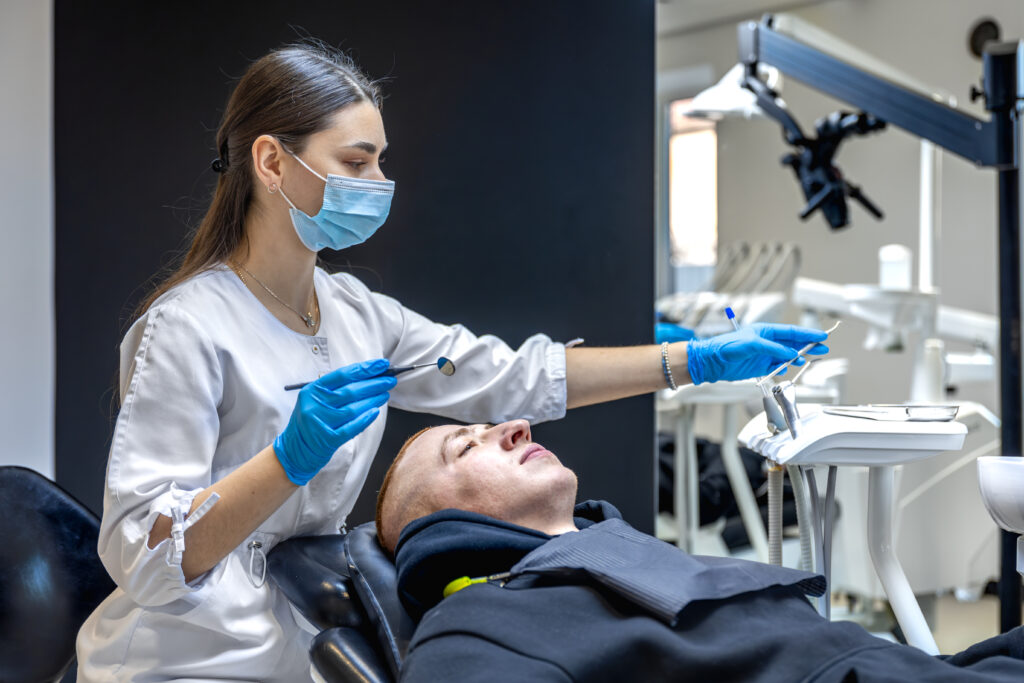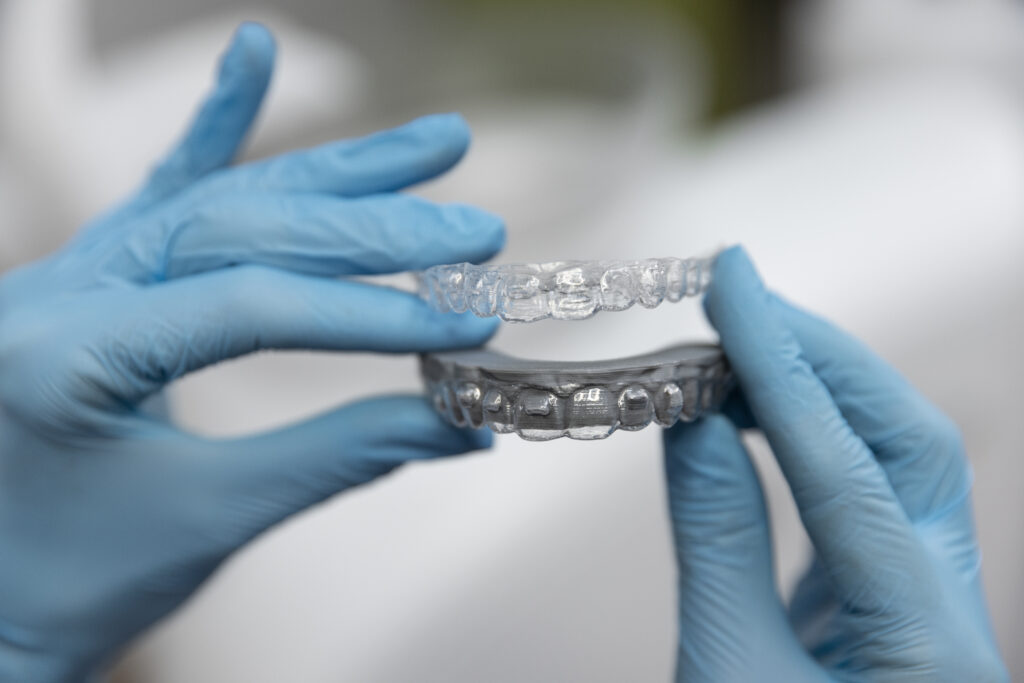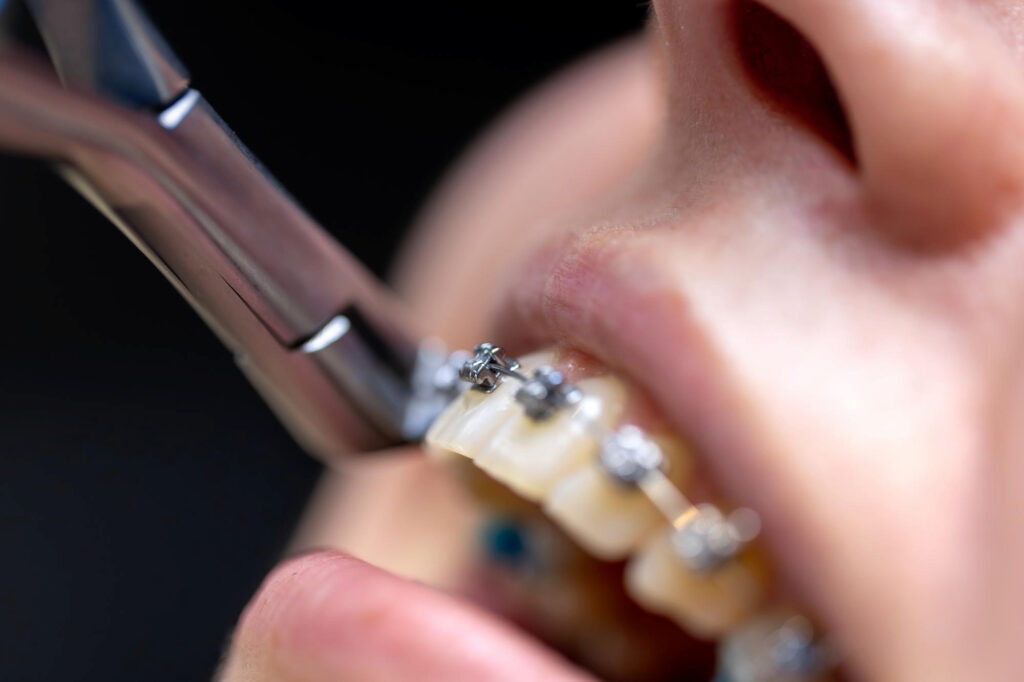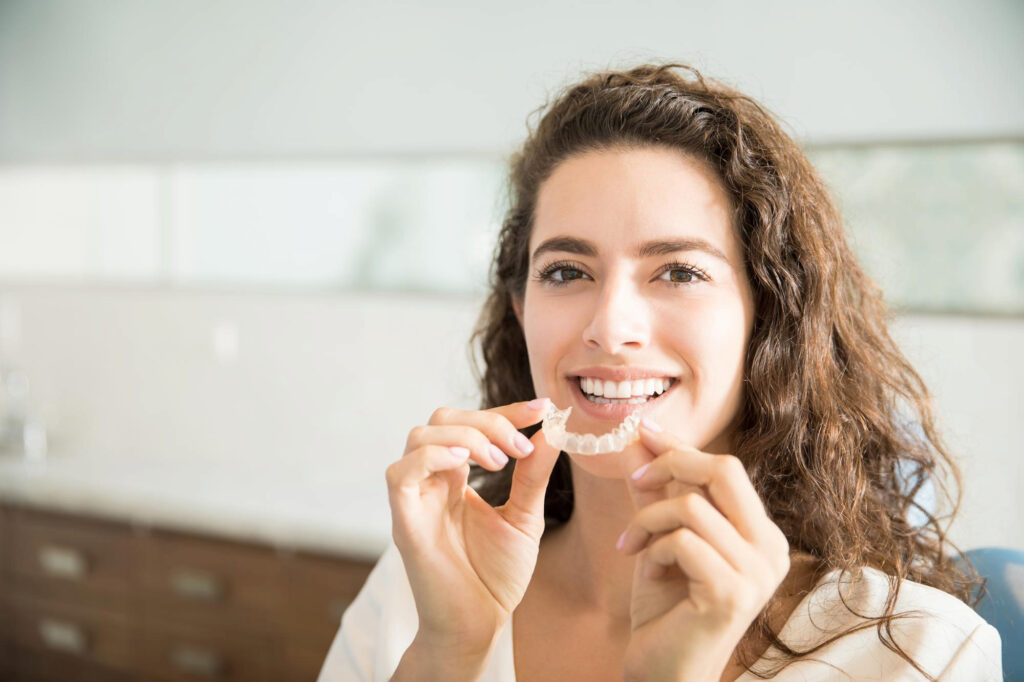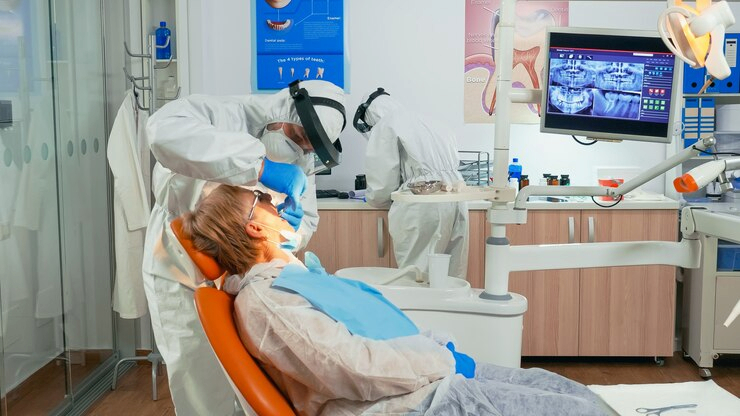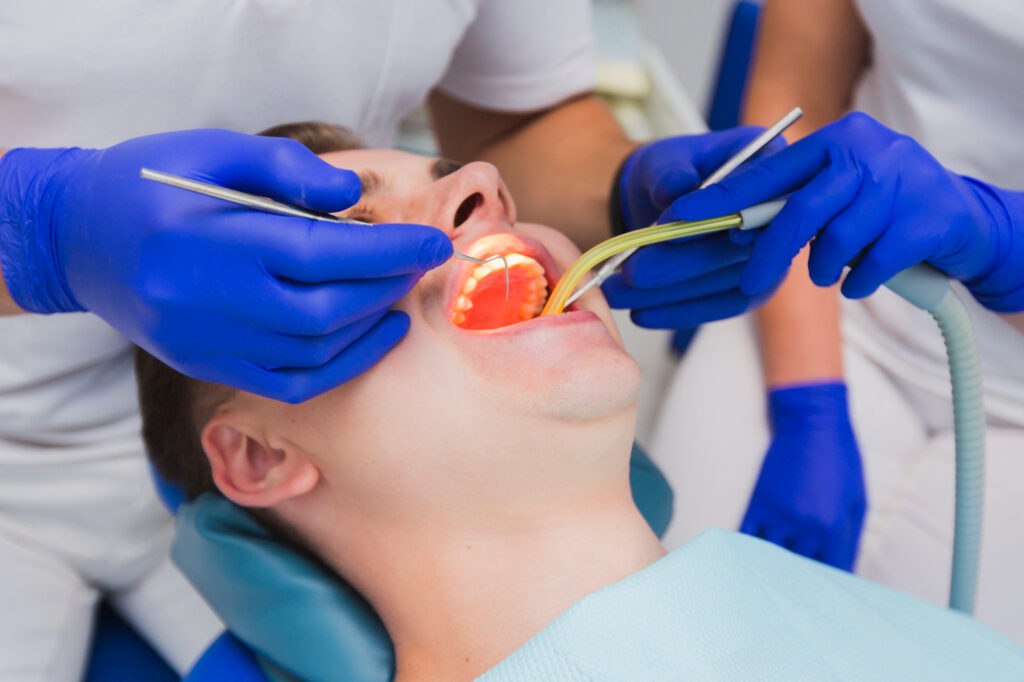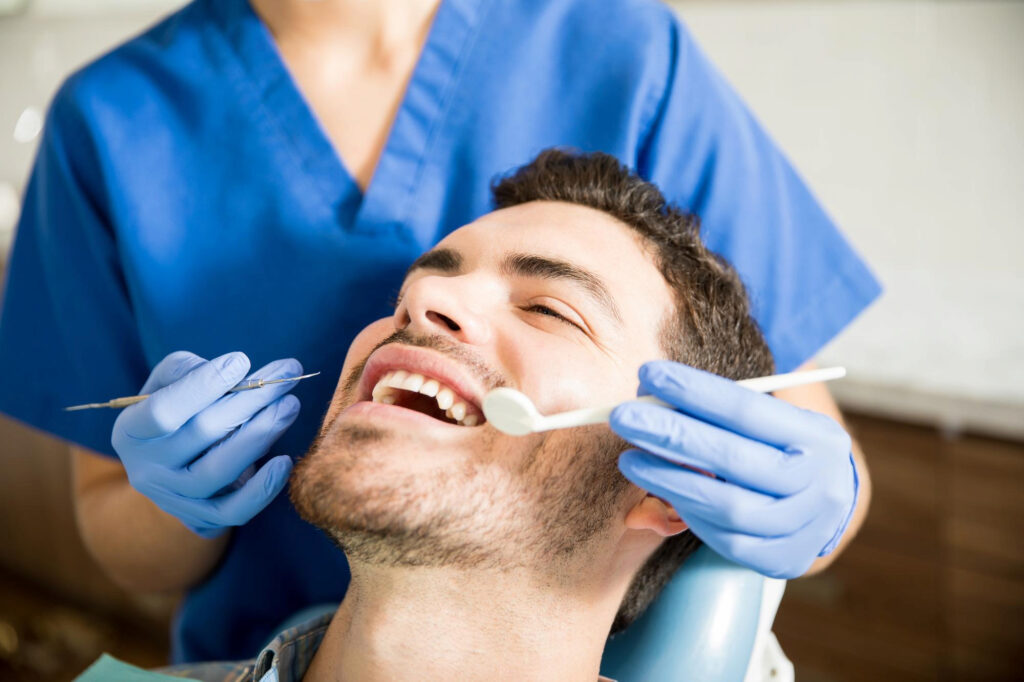When Every Minute Matters: Puri Dentistry’s Trusted Emergency Dental Clinic in Oxnard
Dental problems don’t book an appointment before showing up. One evening you’re having dinner, and suddenly you bite into something hard, crack. Another day it’s a throbbing toothache at 2 AM. Or your kid takes a hit during a soccer game, and there’s blood, panic, and a missing tooth. When that happens, the last thing you want to do is waste time guessing where to go. That’s exactly why our patients in Oxnard trust Puri Dentistry. We don’t make people wait. We deal with emergencies the moment they walk in. What Really Counts as an Emergency? People call us all the time asking, “Do I need to come in right now, or can this wait?” Here’s the rule: if it’s painful, bleeding, swollen, or looks broken, don’t wait. Some of the emergencies we see most often: The tricky part? A lot of issues that seem “minor” at first can turn serious quickly. An untreated abscess, for example, doesn’t just stay in your mouth, infections can spread. That’s why we always say: if you’re not sure, come in. What Happens When You Walk Into Puri Dentistry in a Panic Nobody in pain wants to sit in a waiting room. So, in our clinic, emergencies don’t get pushed to the back of the line. Usually, it goes like this: Whether you’ve been coming to us for years or it’s your first time through the door, the approach is the same: stop the pain, fix the problem, protect your smile. Why Speed Changes Everything Timing is huge in dentistry. A tooth that’s been knocked out has the best chance of survival if you get help in under 30 minutes. Past that, odds drop fast. Same thing with infections. If you let an abscess sit, it doesn’t just hurt more, it spreads, and then we’re not talking about just teeth anymore. That’s why we always keep space for walk-ins and same-day appointments. With digital scanners and fast imaging, we don’t waste time guessing. We get straight to what matters: fixing the problem. Can You Prevent Emergencies? Not all of them, but many, yes. Some quick tips we remind patients about: We’d rather see you for a checkup than for an emergency, but if an emergency happens, we’ve got you covered. Why People in Oxnard Choose Puri Dentistry In the middle of pain, nobody wants to scroll through a dozen Google results and hope they picked the right clinic. Our patients say they keep coming back to us because: Final Thought Emergencies never happen when it’s convenient. But knowing where to go makes all the difference. At Puri Dentistry’s emergency dental clinic in Oxnard, we’re ready for the broken crown before work, the 2 AM toothache, or the sports accident on a Saturday. When minutes matter, we’re here to help you get out of pain and back to normal.
When Every Minute Matters: Puri Dentistry’s Trusted Emergency Dental Clinic in Oxnard Read More »

